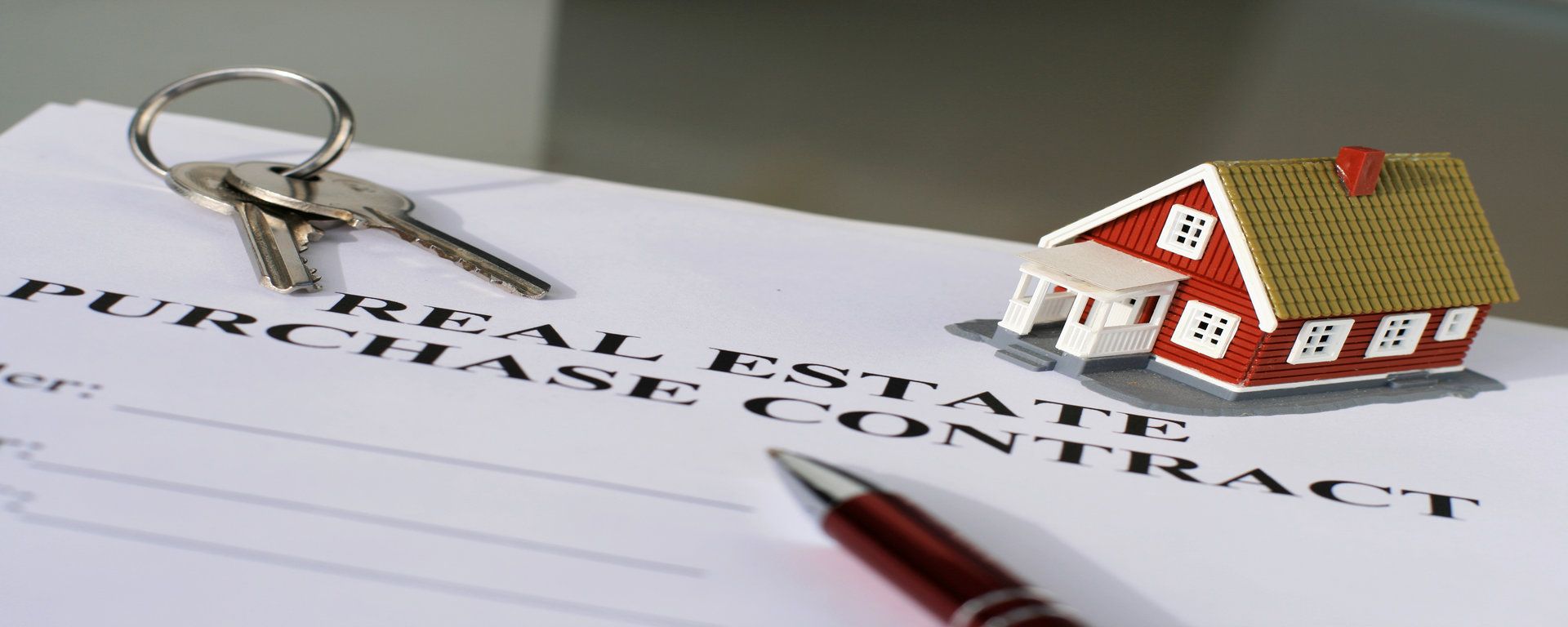Buying a Home - Purchase and Sale
Buying a home in Massachusetts is a 'two-step' process, and follows a different process from other states. First step is the Offer to Purchase, where generally a $1000 deposit is made and the second step is the Purchase and Sale where, generally, the balance of a 5% deposit is put down on the house. The Purchase and Sale step generally occurs within 2 weeks of the Offer to Purchase step, and has the Inspection Contingency step in the intervening period.
The Purchase and Sale step is handled for the buyer by the buyers attorney, and by the sellers attorney for the seller, unless either party has elected to handle the process themselves (not recommended unless you are a real estate attorney). At closing there are generally 3 attorney's who control the process of a seller relinquishing ownership of a home and the buyer assuming ownership of the home with the assistance of the mortgage company. One attorney represents the sellers, another attorney represents the mortgage company and is known as the 'closing attorney' and the third attorney represents the buyer. Often, the buyers attorney and the mortgage company attorney can be one and the same person, and thus, generally, one fee. At some stage during the prior 2 weeks (approximate time between Making an Offer and Purchase and Sale), you will have decided on a real estate attorney to handle the purchase for you on your behalf. A good attorney can make a world of difference to the smoothness, and stress associated, with buying or selling a home. Often a realtor has a close relationship with one or two attorney's who they recommend consistently. I find there are huge benefits associated with my clients using the attorney I recommend. Because of frequent recommendations, the attorney pays extra attention to my clients to ensure that everything proceeds along smoothly. I know that if we need an answer to a legal question, or something important actioned during 'after-hours' then a call or email will often have our questions/actions answered in non-business hours...crucial in some instances.
The P&S document
The Purchase and Sale document generally consists of 3 parts. One is the 'standard' Purchase and Sale agreement which is very similar in all contracts but will have each home purchase/sale transaction specific information included. Generally there are 2 'riders' or addendums included as part of the agreement. Each attorney proposes their rider to the agreement in order to add additional protection for their client, which is then reviewed by both parties until agreement is reached on the document as a whole.
Also incorporated into the Purchase and Sale agreement are any amendments, concessions, repairs that have been agreed to by both parties as a result of the inspection.
Execution
Once the agreement has been reviewed by both the buyer and seller in conjunction with their attorney's, and final changes are made, the agreement is then ready to be executed.
Traditionally the buyer executes the agreement first. In days past, 4 copies are printed out and the buyer and seller execute 4 originals. As technology, and comfort with technology, is progressing, more and more we are seeing one copy of the Purchase and Sale being signed and electronically sent on to the sellers for their signature. I always recommend that each individual page is initialed so that there be no doubt at a later date that the content of the signed Purchase and Sale agreement is the same as what was agreed upon, and each page signed where a signature is required, often three places in the document (the main body of the agreement, and the two riders).
Once the Purchase and Sale is signed by the buyers, the buyers then write a check for the balance of the deposit that is due on Purchase and Sale signing. This amount is specified at the time of writing the Offer, and 99% of the time is for the balance of a 5% deposit. Sometimes, if a buyer is obtaining an FHA loan, which only requires a total of 3.5% downpayment then the sellers will allow a smaller deposit to be made. Only very rarely is an amount less than 3.5% accepted as a deposit. If the buyer is obtaining a VA loan, where oftentimes the mortgage is a 0% down loan, then the buyer is still required to make a substantial deposit at Purchase and Sale time, and then when the loan is funded at closing, the buyer walks away from closing with the return of the deposit that they made. The check is made out to the escrow agent identified in the Purchase and Sale agreement. This money is held in an escrow account on behalf of the buyers and the money then 'comes to closing' via the escrow agent.
What's next after execution?
The fully executed P&S is distributed to all parties - the buyer, buyers agent, seller, sellers agent, buyers attorney, sellers attorney, closing attorney (if different to the buyers attorney), and mortgage company.
The next step in the process of buying a home is the 'Mortgage Contingency' .
If you have any questions about anything raised here then please don't hesitate to reach out to any one of the team. We would be more than happy to help.





